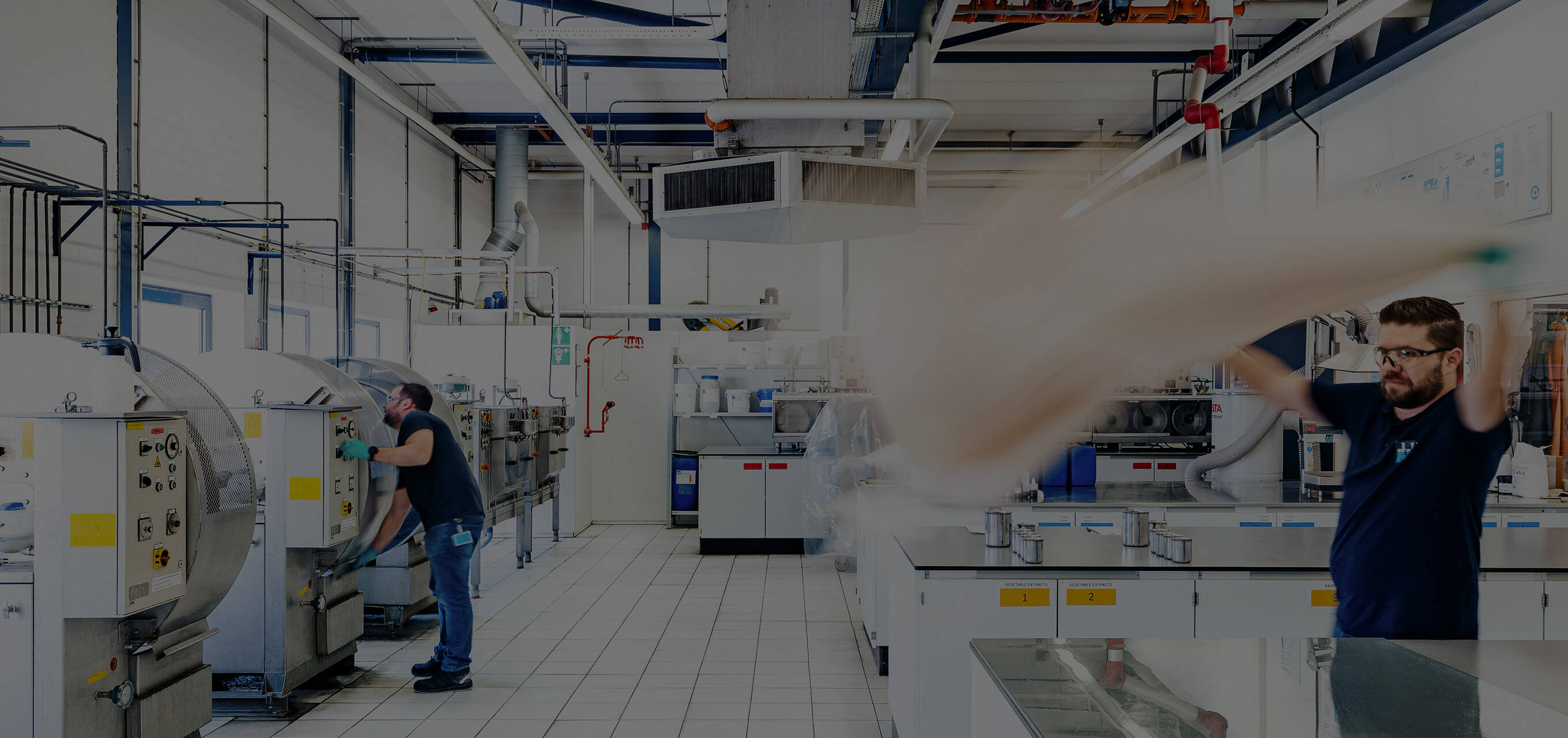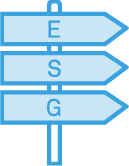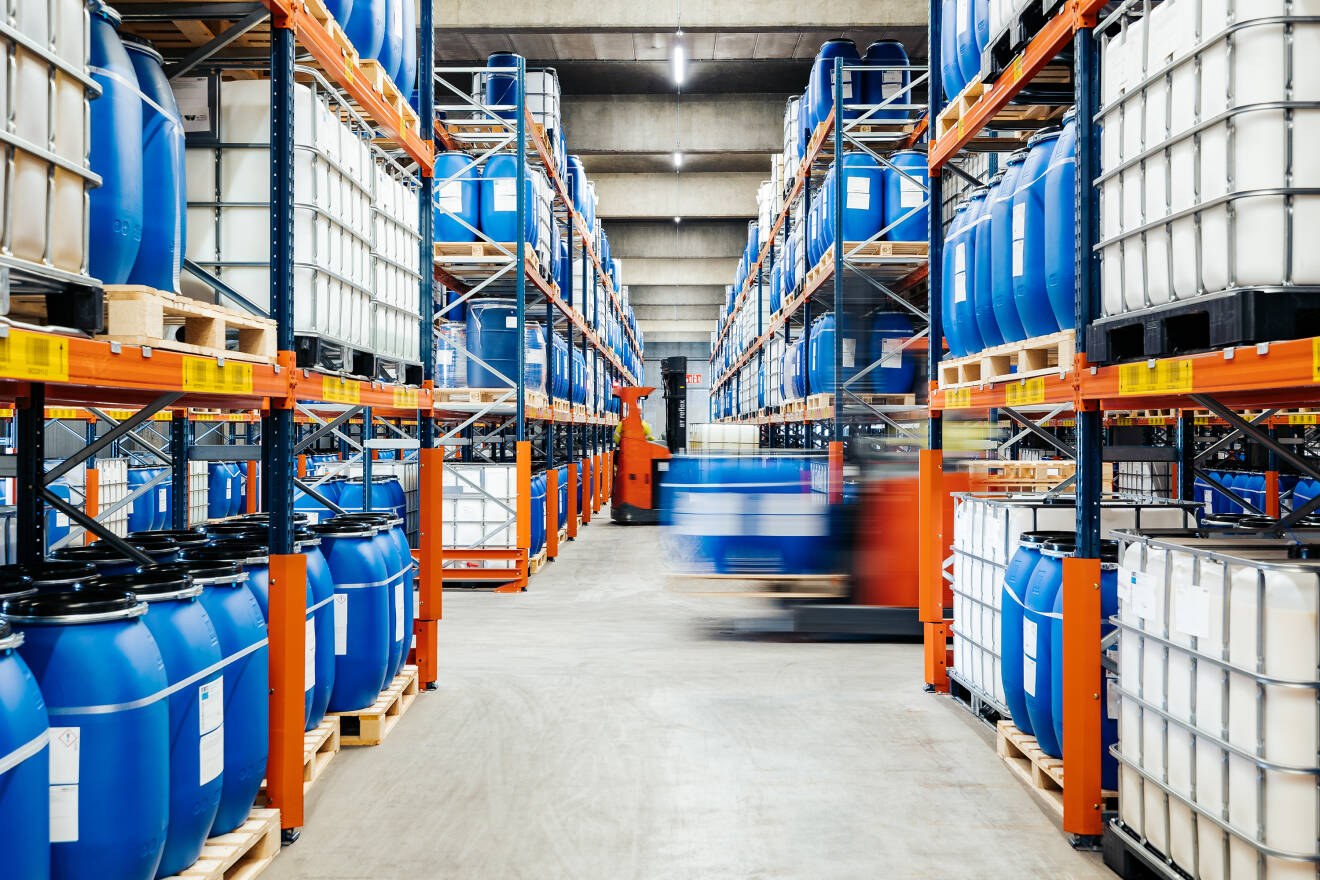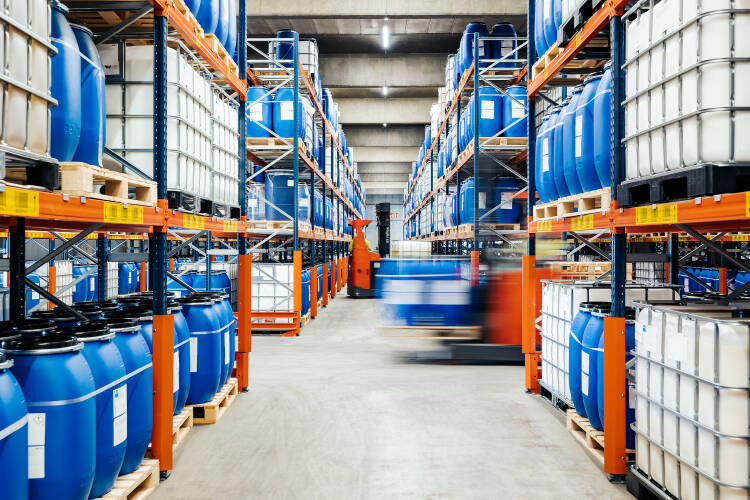

Back to overview

Scroll
down

Stahl products are a key element in our commitment to reducing our environmental impacts. Stahl focuses a significant proportion of research and development (R&D) in this area: in 2021, 28% of Stahl’s R&D projects were ESG-focused – an increase from 18% in 2020. From eliminating restricted substances from our products to reducing fossil fuel raw materials, innovation is helping Stahl reduce products’ impacts for the company and those who use our products. In this section, you can read about some of our newest innovations.
- NuVera ®
- Stahl Ympact ®
- Relca®Bio
Renewable (raw) materials
Stahl is committed to eliminating harmful substances from the supply chain. In 2021, we achieved ZDHC highest conformance level.
Making our products safe
We aim to have LCA data for 300 products by 2050. With 50 available in 2021, we are on track to meet the target.
Assessing the impact of our products
- Stahl BeTan®
- NuVera ®
- Stahl Ympact ®
- Relca®Bio
Innovation and low-impact technologies
Innovation and low-impact technologies
Stahl BeTan – a complete range of responsible solutions for every step in the beamhouse and tanning process
Stahl Relca®Bio – bio-based polyols and resin technologies
- Stahl NuVera® – renewable carbon-based polyurethanes that replace fossil fuel-based chemistry with renewable materials
Continuous innovation is an important driver for Stahl´s growth strategy. Following our commitment to Responsible Chemistry, more efforts than ever have been taken to invest in projects creating high-value products based on renewables with a lower carbon footprint. We aim to support our customers in reducing their environmental impact and meeting the increasing consumer demand for sustainably produced products.
Stahl offers a range of low-impact non-fossil fuel technologies that help us do this, including:
In line with the Responsible Chemistry initiative, we launched Stahl Ympact™ in 2021, complementing the Stahl NuVera® and Stahl Relca®Bio ranges released in 2020. Stahl Ympact™ is a growing family of leather chemical solutions made with renewable feedstocks. The family includes the first product portfolio of renewable carbon polyurethanes for base- and topcoats in leather finishing. Between 25% and 70% of the content of these polyurethane dispersion solutions is renewable, since it comes from biomass feedstock and/or carbon-captured CO2.
Renewable (raw) materials
In research and development, we focus more and more on the use of renewable raw materials to help reduce our products’ environmental impact and that of our clients.
The renewable raw materials we use include plant-based biomass like sugars and vegetable oils, and captured carbon – where CO2 released from industrial processes is captured and used as a feedstock for producing polymeric building blocks. Both Stahl NuVera® and Stahl Ympact™ use these renewable raw materials. The renewable content is at minimum 25% and can go up to as much as 70%.
In 2021, 226 Stahl products contained more than 5% renewable content. These products account for 7% of Stahl’s annual sales. We aim to increase this in the future: our 2030 goal is for 10% of the feedstocks purchased to be renewable.

ESG roadmap to 2030
Goal: Renewable Feedstocks in the Stahl global portfolio
2023: 5% of purchase
2030: 10% of purchase
Ensuring our products are safe
Safety is an ongoing priority for the company, and that includes the safety of our products. We are committed to eliminating harmful substances from the supply chain. As part of this commitment, we conform with ZDHC Gateway – the world's largest database enabling safer choices of chemical products for the textile, apparel and footwear industry. Chemical formulators that join the ZDHC Gateway play an instrumental role in driving the fashion and apparel industry’s uptake of safer chemical management practices. They publish their ZDHC MRSL conformant products on the platform and track the performance of their products on the ZDHC Gateway. The Chemical Module allows formulators to classify their chemical products, while the virtual catalogues help them to reach out to their customers.
In 2021, Stahl achieved Level 3 status in the ZDHC Gateway compliance module for 1,613 chemicals in its portfolio – an increase of 396 compared to 2020. ZDHC level 3 products represent 63% of the total portfolio sales revenue (towards our target of 80%) and over 80% of leather chemicals sales revenue.

ESG roadmap to 2030

Goal: ZDHC Gateway certified products as % of the total portfolio sales revenue
2023: 80% of fashion, garment and footwear
2030: 100% of fashion, garment and footwear
In 2022 we plan to certify 200+ more products from Stahl’s portfolio to the Gateway conformance portal.
Assessing the impact of our products
We use the Life Cycle Assessment (LCA) methodology to calculate the environmental impact of our products. In 2021, we achieved the 2023 target of collecting LCA data for 50 strategic products, which represent 7% of our total sales. We are setting a new target in light of this success and will set annual targets based on our resources.
- Provide LCA data for 300+ strategic products by 2030
- Build a database of environmental impact data for our product portfolios
- Develop and exchange relevant LCA data with clients as an input for their environmental impact calculations
- Provide technical support for clients on LCA data collection for their own processes and products.
- Use LCA data to manage and reduce our reported Scope 3 greenhouse gas emissions.
Our strategy is to use the LCA methodology to:

ESG roadmap to 2030
Our 2023 roadmap target is to collect and report complete LCA data for 300 strategic products. We have set a 2022 target of 100, taking the total to 150
In November 2021, we achieved certification of the EPD LCA data generation system by working closely with Spin 360, a tech-enabled sustainability consultancy. This allows verifiable information to be collected for our products.

Back
to top

Back to overview

Back
to top
In November 2021, we achieved certification of the EPD LCA data generation system by working closely with Spin 360, a tech-enabled sustainability consultancy. This allows verifiable information to be collected for our products.

ESG roadmap to 2030
Our 2023 roadmap target is to collect and report complete LCA data for 300 strategic products. We have set a 2022 target of 100, taking the total to 150
- Provide LCA data for 300+ strategic products by 2030
- Build a database of environmental impact data for our product portfolios
- Develop and exchange relevant LCA data with clients as an input for their environmental impact calculations
- Provide technical support for clients on LCA data collection for their own processes and products.
- Use LCA data to manage and reduce our reported Scope 3 greenhouse gas emissions.
Our strategy is to use the LCA methodology to:
Assessing the impact of our products
We use the Life Cycle Assessment (LCA) methodology to calculate the environmental impact of our products. In 2021, we achieved the 2023 target of collecting LCA data for 50 strategic products, which represent 7% of our total sales. We are setting a new target in light of this success and will set annual targets based on our resources.
In 2022 we plan to certify 200+ more products from Stahl’s portfolio to the Gateway conformance portal.
ESG roadmap to 2030

Goal: ZDHC Gateway certified products as % of the total portfolio sales revenue
2023: 80% of fashion, garment and footwear
2030: 100% of fashion, garment and footwear
In 2021, Stahl achieved Level 3 status in the ZDHC Gateway compliance module for 1,613 chemicals in its portfolio – an increase of 396 compared to 2020. ZDHC level 3 products represent 63% of the total portfolio sales revenue (towards our target of 80%) and over 80% of leather chemicals sales revenue.

Ensuring our products are safe
Safety is an ongoing priority for the company, and that includes the safety of our products. We are committed to eliminating harmful substances from the supply chain. As part of this commitment, we conform with ZDHC Gateway – the world's largest database enabling safer choices of chemical products for the textile, apparel and footwear industry. Chemical formulators that join the ZDHC Gateway play an instrumental role in driving the fashion and apparel industry’s uptake of safer chemical management practices. They publish their ZDHC MRSL conformant products on the platform and track the performance of their products on the ZDHC Gateway. The Chemical Module allows formulators to classify their chemical products, while the virtual catalogues help them to reach out to their customers.

ESG roadmap to 2030
Goal: Renewable Feedstocks in the Stahl global portfolio
2023: 5% of purchase
2030: 10% of purchase
Renewable (raw) materials
In research and development, we focus more and more on the use of renewable raw materials to help reduce our products’ environmental impact and that of our clients.
The renewable raw materials we use include plant-based biomass like sugars and vegetable oils, and captured carbon – where CO2 released from industrial processes is captured and used as a feedstock for producing polymeric building blocks. Both Stahl NuVera® and Stahl Ympact™ use these renewable raw materials. The renewable content is at minimum 25% and can go up to as much as 70%.
In 2021, 226 Stahl products contained more than 5% renewable content. These products account for 7% of Stahl’s annual sales. We aim to increase this in the future: our 2030 goal is for 10% of the feedstocks purchased to be renewable.
In line with the Responsible Chemistry initiative, we launched Stahl Ympact™ in 2021, complementing the Stahl NuVera® and Stahl Relca®Bio ranges released in 2020. Stahl Ympact™ is a growing family of leather chemical solutions made with renewable feedstocks. The family includes the first product portfolio of renewable carbon polyurethanes for base- and topcoats in leather finishing. Between 25% and 70% of the content of these polyurethane dispersion solutions is renewable, since it comes from biomass feedstock and/or carbon-captured CO2.
Innovation and low-impact technologies
Stahl BeTan – a complete range of responsible solutions for every step in the beamhouse and tanning process
Stahl Relca®Bio – bio-based polyols and resin technologies
- Stahl NuVera® – renewable carbon-based polyurethanes that replace fossil fuel-based chemistry with renewable materials
Continuous innovation is an important driver for Stahl´s growth strategy. Following our commitment to Responsible Chemistry, more efforts than ever have been taken to invest in projects creating high-value products based on renewables with a lower carbon footprint. We aim to support our customers in reducing their environmental impact and meeting the increasing consumer demand for sustainably produced products.
Stahl offers a range of low-impact non-fossil fuel technologies that help us do this, including:
- NuVera ®
- Stahl Ympact ®
- Relca®Bio
Renewable (raw) materials
Stahl is committed to eliminating harmful substances from the supply chain. In 2021, we achieved ZDHC highest conformance level.
Making our products safe
We aim to have LCA data for 300 products by 2050. With 50 available in 2021, we are on track to meet the target.
Assessing the impact of our products
- Stahl BeTan®
- NuVera ®
- Stahl Ympact ®
- Relca®Bio
Innovation and low-impact technologies
Stahl products are a key element in our commitment to reducing our environmental impacts. Stahl focuses a significant proportion of research and development (R&D) in this area: in 2021, 28% of Stahl’s R&D projects were ESG-focused – an increase from 18% in 2020. From eliminating restricted substances from our products to reducing fossil fuel raw materials, innovation is helping Stahl reduce products’ impacts for the company and those who use our products. In this section, you can read about some of our newest innovations.


